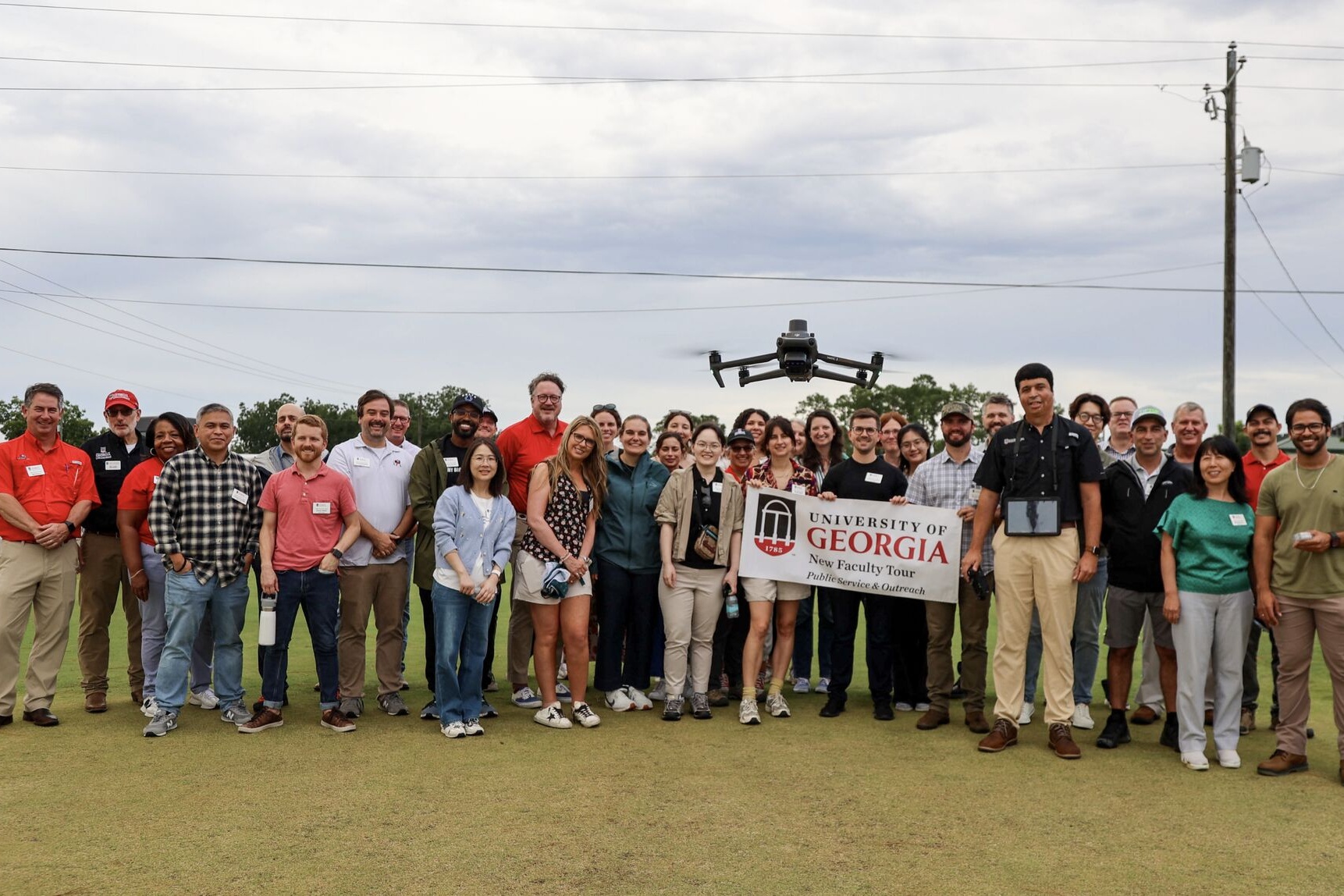By Stephanie Schupska
University of Georgia
When it comes to producing a better chicken for less money, Jan Ray is open to all the help she can get. As part of a University of Georgia study, she’s seeing paybacks through equipment that’s new to poultry houses.
Attic inlets, a ventilation system used for years by hog producers, are saving Ray money on her fuel costs and making her chickens happier.
“It’s the most fabulous equipment that I’ve ever put in a chicken house,” said Ray, owner of Ray Farm in Crawfordville, Ga.
Attic inlets attached to a chicken house’s ceiling pull hot air down from the attic space. This leads to improved air and litter quality while saving money on heating, said Michael Czarick, a UGA Cooperative Extension engineer.
Attic inlets are used year-round but are needed most in the winter. During milder months, “if we have baby chicks and it’s 80 degrees outside, we still may need to add a little heat to maintain 90 degrees,” he said.
In the summer, after chickens are a week or two old, the attic inlets are generally closed to keep the houses cooler. At this point, growers use either conventional sidewall inlets or tunnel ventilation.
Attic inlets are designed to complement sidewall inlets, said Brian Fairchild, a UGA Extension poultry scientist. “The benefit is having more ventilation to provide better air quality without increasing fuel use,” he said.
Sidewall inlets pull fresh air directly from the outside. During the winter, that air often needs to be heated. Attic inlets let farmers pull warm air from the attic without having to heat it.
Heating costs often determine whether a poultry producer makes money or not, Czarick said. When gas is $1.50 a gallon, growers don’t have as much to worry about.
But when prices climb, profit margins fall. And in Georgia, that profit matters. Broilers alone had a leaving-the-farm value of nearly $4 billion in 2005.
Attic inlets are “a way to manage a house to make it work better,” Czarick said.
Ray said her chicken house with attic inlets definitely works better. The humidity, ammonia and carbon dioxide levels are lower. The chicken litter is drier “all the way through.” And she’s saving 35 percent on her heating bill.
“The entire thing has been fabulous,” she said. “I’m building three more houses and putting attic inlets in all the houses. And I’m retrofitting the other two houses I’ve got.”
In Ray’s new houses, which are 50 by 500 feet, the inlets cost close to $1,200 for materials, shipping and installation. Retrofitting costs a little more — about $1,800, Czarick said.
“They’re actually affordable,” Ray said. “You’re heating from your attic, and everybody understands that. With just the fuel savings, it will pay for the system in about two grow-outs.”
A grow-out is how long it takes for chickens to be big enough for processing. For Ray’s 105,000 chickens, that’s between 50 and 55 days.
But that’s not the only benefit she sees. High ammonia levels negatively affect chickens. With the lower ammonia levels, Ray’s chickens eat and grow more.
“Since we’ve had these, we’ve produced three batches of chickens over an average of seven pounds in 52 days,” Ray said. “Looking at everybody else on the pay sheets, the average is six and a half pounds.”
Attic inlets are better for the birds, Czarick said, and the environment.
“It’s solar energy,” he said. “We’re getting energy for free, reducing fossil fuel use and not dumping greenhouse gases. Fuel prices are getting too high and margins too narrow to not take advantage of this.”



